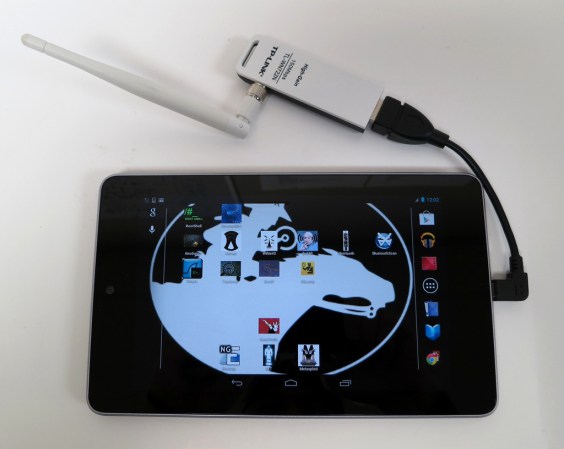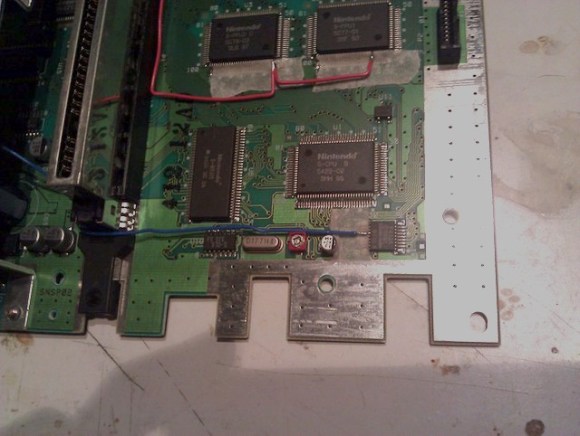
We’ve seen a few of the projects from The Deconstruction, a 48-hour build-a-thon for hackerspaces and other groups around the globe. Of course Tymkrs, a pair of geeky vloggers famous for their building prowess, were part of The Deconstruction, and in the process they came up with a few really cool builds at their hackerspace, The Rabbit Hole, in Rochester, MN.
Their theme for The Deconstruction was “a zombie apocalypse”. Instead of homemade crossbows and electric fences, Tymkrs and the rest of The Rabbit Hole put a ‘rebuilding society’ spin on the whole zombie apocalypse and ended up building things that would be useful after Z-day.
First up is a PVC bike trailer designed to easily attach to the back of a bicycle. The frame is made out of a few pieces of 2″ PVC pipe with some nylon rope knotted together for a nice webbed platform. a 5/8″ steel rod was turned down to accept two 20″ bike wheels. A useful build, even if it’s not the zombie apocalypse.
The second build is a solar japanese lantern, combining [Addie]’s love of solar lanterns and japanese-style lanterns into one great project. The materials for this build came from a broken solar-powered lantern with completely revamped electronics. There’s a Joule thief to keep the LED lit, and a few solar panels to charge up the batteries during the day. Of course the build wasn’t complete without a little decoration, so [Addie] drew four panels of rabbits for The Rabbit Hole team.
By far the most dangerous build undertaken by The Rabbit Hole is their can crusher. It’s a pair of snowblower tires powered by a disused garage door opener. The theory of operations is that a can will drop in between the rotating wheels, crushing the can, and sending it to a waste basket below the device. In practice, the device didn’t really live up to expectations, but it’s loud and dangerous, so we’ll give it a pass.

















